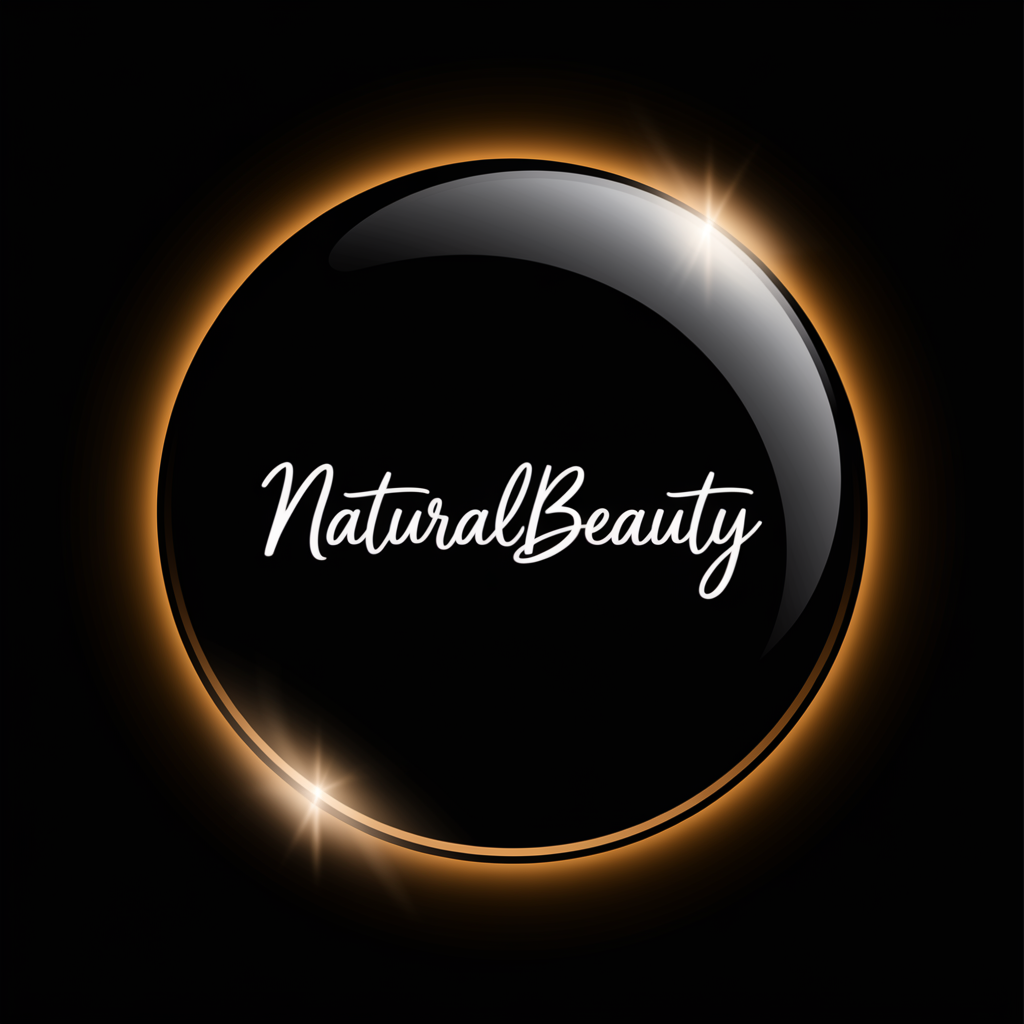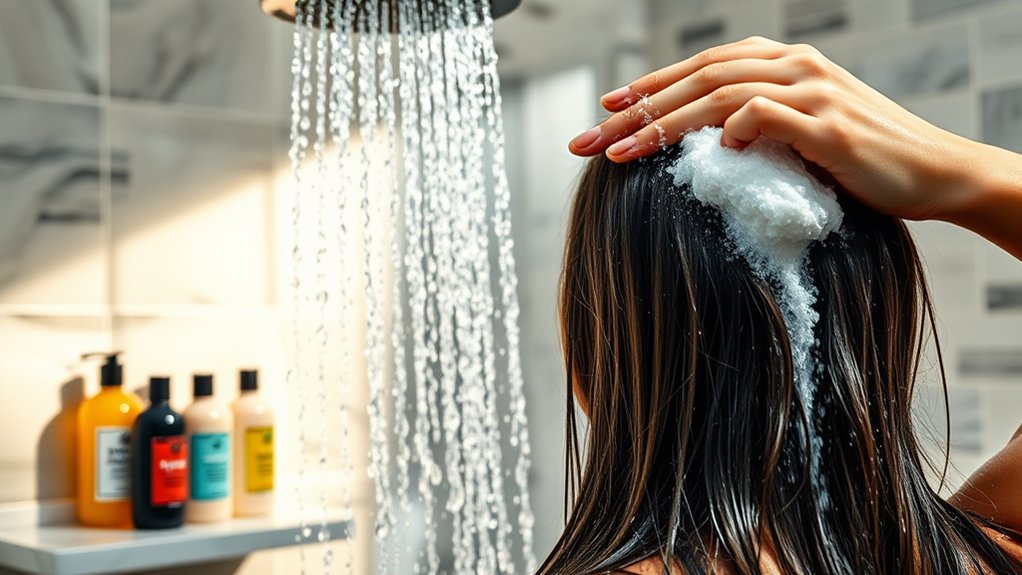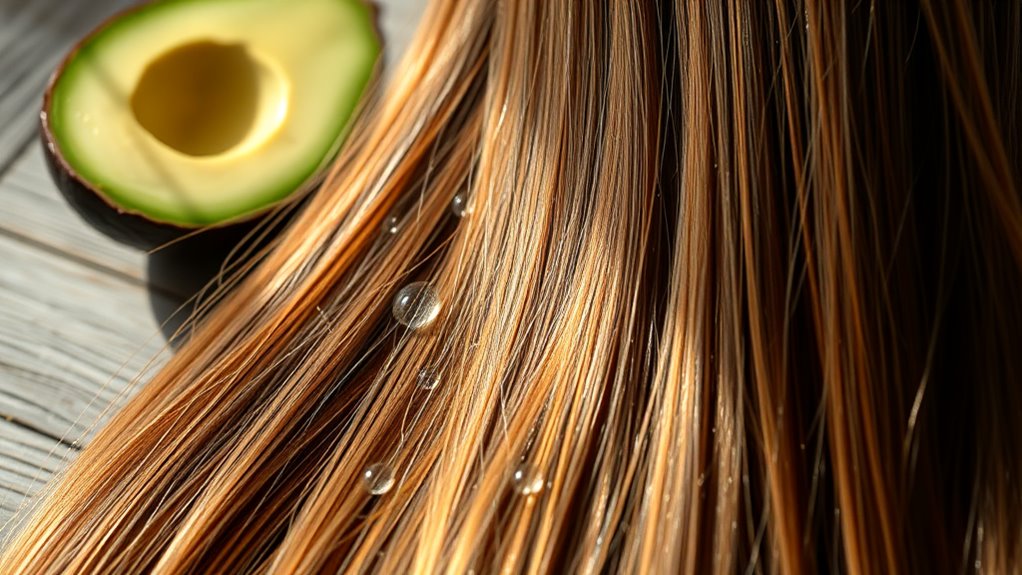How to Wash Your Hair the Right Way at Home
Washing your hair might seem straightforward, but getting it right can make a significant difference in your hair’s health and appearance. It starts with understanding your hair type and selecting the right products. Prepping your hair properly can also enhance the process. You’ll want to learn the correct technique for shampooing and conditioning to achieve the best results. By mastering these steps, you’ll transform your hair care routine in ways you might not expect.
Choosing the Right Shampoo for Your Hair Type
When it comes to washing your hair, choosing the right shampoo for your hair type is crucial for maintaining healthy locks.
If you have fine hair, opt for a volumizing shampoo that adds body without weigh-down. For thick or curly hair, go for a moisturizing formula that nourishes and tames frizz.
Those with oily hair should select a clarifying shampoo to remove excess oil, while dry scalps benefit from gentle, hydrating options.
Prepping Your Hair Before Washing
Before you wash your hair, it’s essential to gather the right tools, like a wide-tooth comb and a microfiber towel.
Start by gently detangling your hair, as this reduces breakage and prepares your strands for a thorough cleanse. Additionally, using gentle hair washing techniques can further promote healthier hair while minimizing damage.
Taking these simple steps ensures a more effective and damage-free washing process.
Choose the Right Tools
Selecting the right tools can significantly enhance your hair-washing experience and prepare your locks for a thorough clean.
Using the appropriate tools ensures that your hair stays healthy and vibrant. Here are a few essentials to have on hand:
-
Shampoo and conditioner: Choose formulas suitable for your hair type, whether it’s oily, dry, or colored.
-
Wide-tooth comb: Perfect for gently distributing products and preventing breakage.
-
Microfiber towel: Absorbs excess water without causing frizz or damage.
Detangle Before Washing
To ensure a smooth washing process, detangling your hair beforehand is essential. This helps prevent breakage and makes shampooing more effective. Start by using your fingers to gently separate knots, then follow up with a wide-tooth comb or a brush designed for your hair type.
| Tool | Purpose |
|---|---|
| Wide-tooth comb | Reduces breakage and tugging |
| Detangling brush | Designed for ease and comfort |
| Fingers | Offers precise control and care |
The Proper Technique for Shampooing
[Gently massaging shampoo into your scalp is essential for an effective wash. This technique ensures that you’re removing dirt and excess oil properly. Here’s how to do it right:]
-
Start by wetting your hair thoroughly, using warm water to open the cuticles.
-
Apply a quarter-sized amount of shampoo to your palm, then rub your hands together before distributing it evenly on your scalp.
-
Use your fingertips, not your nails, to gently massage in circular motions, focusing on the roots.
Rinse thoroughly, allowing the water to carry away the loosened dirt and product. This sets the stage for a clean, healthy scalp. Choosing the right shampoo is also crucial for maintaining the health of your hair and scalp.
Conditioners and Their Importance
Conditioners play a vital role in maintaining the health and appearance of your hair. They work by replenishing moisture, smoothing the cuticles, and detangling strands.
Using a conditioner after shampooing helps restore the natural oils stripped away during cleansing. This process reduces frizz, enhances shine, and improves manageability.
Moreover, conditioners often contain ingredients like proteins and vitamins that nourish and strengthen your hair, protecting it from daily wear and environmental damage. Incorporating a healthy hair washing routine into your hair care regimen can further improve the effectiveness of conditioners.
Choosing a conditioner suited to your hair type ensures optimal results. Don’t skip this essential step; it can make your hair look vibrant and feel soft.
How Often Should You Wash Your Hair?
Here are some guidelines to help you find the right balance:
-
Oily hair: You may need to wash daily or every other day to remove excess oil.
-
Dry or curly hair: Washing once or twice a week can help retain moisture and prevent damage.
-
Active lifestyle: If you exercise frequently, washing your hair after workouts can help keep your scalp clean.
Listen to your hair’s needs, adjust your routine accordingly, and don’t hesitate to experiment for the best results. Additionally, be mindful of common hair care mistakes that can lead to damage and hinder the health of your hair.
Tips for Drying and Styling After Washing
After washing your hair, how you dry and style it can significantly impact its health and appearance.
You’ll want to consider effective air drying techniques, prioritize heat protection to safeguard your strands, and choose the right styling products for your desired look. Incorporating overnight hair hacks can also enhance your hair’s smoothness and overall texture.
Let’s explore these essential tips to achieve the best results.
Air Drying Techniques
Have you ever wondered how to achieve beautifully air-dried hair without the frizz? Mastering air drying can elevate your hair game.
Here are some essential techniques to keep in mind:
-
Gently squeeze out excess water with a microfiber towel instead of rubbing, which can create frizz.
-
Apply a leave-in conditioner or lightweight styling product evenly through damp hair to enhance definition and moisture.
-
Part your hair into sections to ensure even drying and to prevent tangling.
Heat Protection Importance
While mastering air drying can minimize heat damage, many people still rely on styling tools for a polished look. To protect your hair from the damaging effects of heat, always apply a heat protectant before using any styling device. These products create a barrier, reducing moisture loss and brittleness.
Also, keep your tools at a lower temperature; high heat can cause irreversible damage to hair strands. When drying, use a microfiber towel to absorb moisture gently, which helps reduce frizz and breakage.
Finally, avoid using styling tools on damp hair; always ensure your hair is completely dry before styling.
Effective Styling Products
Choosing effective styling products is crucial for achieving your desired look after washing your hair.
Using the right products helps protect your locks, enhances your style, and boosts manageability.
Here are some key options to consider:
-
Leave-in Conditioner: Provides moisture and detangles hair, making it easier to style.
-
Mousse or Volumizer: Adds body and texture, perfect for fine or limp hair.
-
Hair Oil or Serum: Smooths frizz and delivers shine for a polished finish.
Experiment with these products to find what works best for your hair type, ensuring a stylish and healthy appearance every time.





